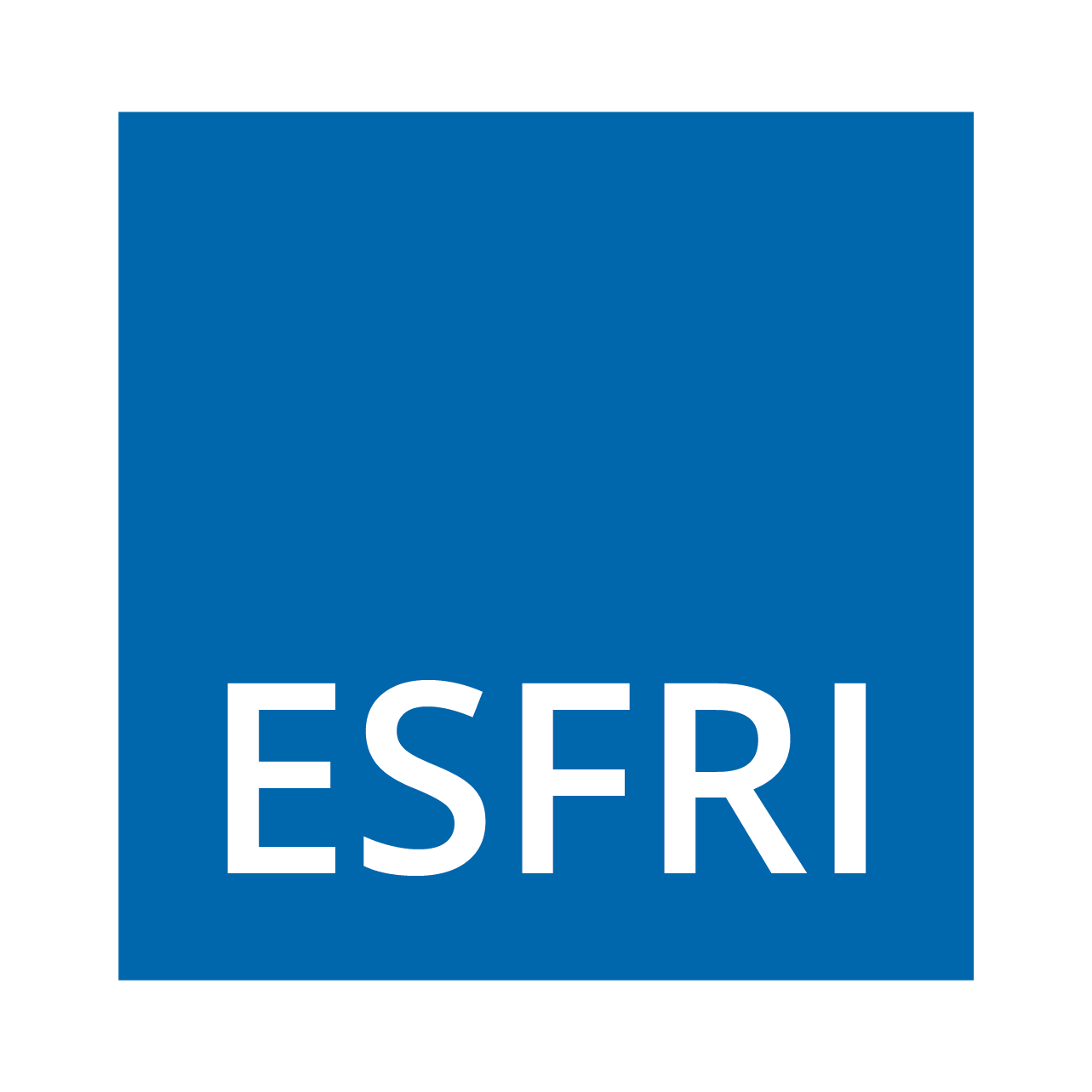In preparation for the Roadmap 2021 Update, the European Strategy Forum on Research Infrastructures (ESFRI) has carried out the monitoring of the research infrastructures (RIs) listed as Projects which entered the Roadmap in 2016, as is the case of EST.
 This monitoring had the goals of (1) checking the overall progress towards implementation; (2) assessing the degree to which the project fulfils the minimal key requirements for the implementation phases of the life cycle and the plans for reaching full implementation; and (3) updating all public information of EST for the upcoming ESFRI Roadmap 2021.This monitoring had the goals of (1) checking the overall progress towards implementation; (2) assessing the degree to which the project fulfils the minimal key requirements for the implementation phases of the life cycle and the plans for reaching full implementation; and (3) updating all public information of EST for the upcoming ESFRI Roadmap 2021.
This monitoring had the goals of (1) checking the overall progress towards implementation; (2) assessing the degree to which the project fulfils the minimal key requirements for the implementation phases of the life cycle and the plans for reaching full implementation; and (3) updating all public information of EST for the upcoming ESFRI Roadmap 2021.This monitoring had the goals of (1) checking the overall progress towards implementation; (2) assessing the degree to which the project fulfils the minimal key requirements for the implementation phases of the life cycle and the plans for reaching full implementation; and (3) updating all public information of EST for the upcoming ESFRI Roadmap 2021.
The documents submitted by the EST Project were analysed by the ESFRI Working Group on Implementation and the ESFRI Strategy Working Group relevant to the EST domain (Physical Sciences and Engineering). The monitoring report approved by ESFRI evaluated different key aspects of the project and included recommendations to draw attention to the most important requirements that need to be fulfilled in order for the project to be considered implemented by the time the 10-year permanence of EST on the ESFRI Roadmap expires.
The evaluators agreed that “EST will be a unique facility for high-resolution solar observations. By the time of its commissioning, EST will supersede most European high-resolution telescopes and will gather in its facility all the best of these telescopes. Hence, its pan-European relevance for solar physics is unquestionable".
The report points out that “the only solar observatory competitive to EST is the American DKIST, and that in some aspects they are complementary: DKIST better suited for studying the solar corona, while EST more appropriate for studying the chromosphere. Moreover, the 12 hours-time difference between DKIST and EST makes it possible to perform continuous observations of a given solar target with a full day coverage. Therefore, EST is of worldwide relevance”.
Socio-economic impact. ESFRI also assessed the socio-economic impact of EST, finding that “during the construction and operation phases, EST will cause socio-economic effects not just on the surrounding area, but it will also generate incentives for industrial growth elsewhere, by means of the participation of private companies in the civil works, the provision of components, systems and instrumentation, technological developments, etc. [...]
In social dimension, being a worldwide RI, EST fosters international collaboration and mobility requiring people from different cultures work together. It also creates a unique network of researchers in academia and in industry giving a new dimension to the publicly funded basic science. Education and training of students in problem-solving mode as well as their involvement to data analysis and management issues will make them attractive to the industry.
The EST RI scientific results are potentially of great relevance to tackle some of the present societal challenges. For instance, the detailed information that EST will be able to provide on the solar activity will certainly help in better understanding the dynamics of strong solar phenomena like solar storms [...]”.
Scientific case. The evaluation report confirms that “a significant technological progress has been made since 2016 to improve spatial and temporal resolution, which are critical parameters to achieve the scientific objectives, concluding that the project has properly reacted to the most current advances in technology and science, in order to ensure the leading role of the EST”.
Finances. The major bottlenecks encountered by the evaluators is the lack of involvement of potential funders in the EST implementation: “While the response of the scientific community was very positive, yet the response of the corresponding national funding agencies was not equally enthusiastic.
In particular, given the reported broad consensus of the European scientific community working on solar physics on the EST project, the national components of such community should emphasize to their funding agencies and institutions the relevant impact of the EST project on their future research activities in the field”.
In view of this situation, ESFRI urges EST “to seek for firm financial commitments for construction from the partners, but also to consolidate commitments for operational costs for at least five years. Investment decisions for ESFRI goes on to remind that the most urgent risk is the lack of sufficient funding commitment for construction and operation phases".
